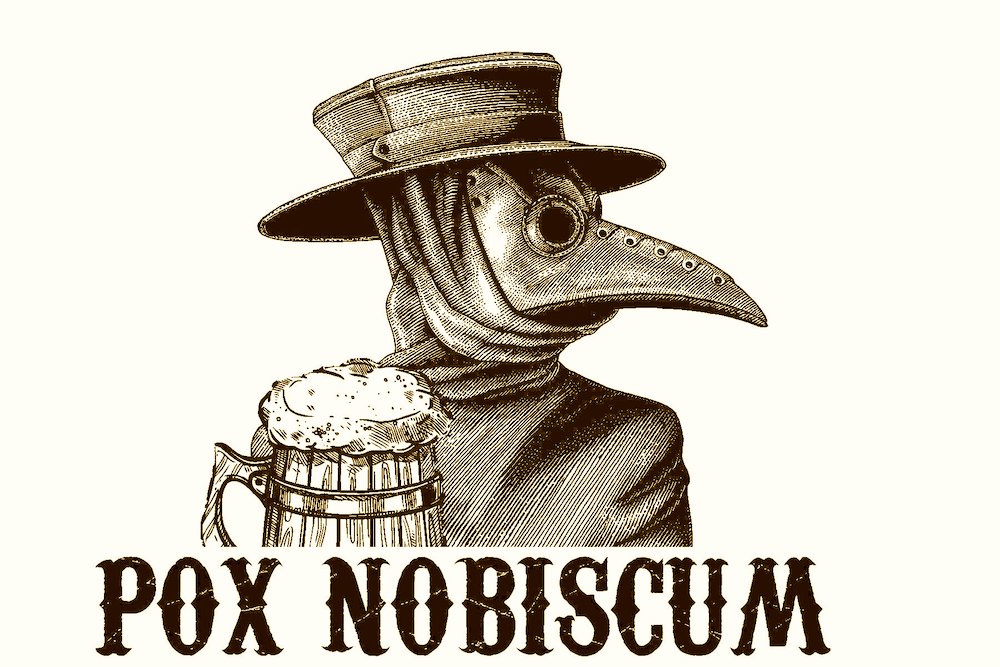
I came honestly to drinking. I observed it from infancy. I served drinks to grownups at my parents’ parties. I watched them grow merrier, sing with more gusto as my dad played the piano. Occasionally they got drunk, but almost always in a very cheerful way, unless they saved the bad stuff for after I went to bed. I couldn’t stay up as late as my parents and their friends. I used to look forward to the day I could party like my parents, but I gave up those dreams long ago.
There is a story of the time my father, a church organist, left a Saturday night party in the no-longer-very-small hours, went home, shaved and changed, went to church and played the organ, and returned to the party. What can I say? We were Anglicans. (Anglicanism, of course, is a sort of buffer religion between Catholics and Protestants, and not a bad choice. Anglicans get to drink like Catholics, without Catholic guilt or the Protestant work ethic.)
When we moved to Canada in the fifties, my parents abandoned the pub life they had known in England, for the very good reason that there were no pubs. They were not hoity-toity snobs, but the Ontario beverage room was too ghastly to contemplate. They quickly learned that Canadians drank at home – their own home or the homes of others. They were quick to make friends, so it was a rare weekend that they weren’t either giving or attending a party.
Growing up, I heard much complaining about the dreary bureaucracy of Ontario liquor and beer stores, and about how the two stores were seldom very close to each other, making shopping for parties that much more difficult. I sometimes went to the liquor store with them, watching them fill in forms, present their individual liquor licences to a man behind a wicket, then carry their purchases out in anonymous brown paper bags. Actual alcohol was never seen.
Drinking in public was a skill I had to learn for myself, and this part of my education began on October 1, 1965. To paraphrase WC Fields, it was John Diefenbaker who drove me to drink, and I never had the decency to thank him. For those who were not a) alive and/or b) in Canada in the 1950s and 60s, Diefenbaker was a very interesting Tory politician of the era, a man with jowls that just didn’t quit. When he shook those jowls, a nation trembled. These jowls, once set in motion, could alter local weather patterns. Kids today don’t believe there was once such a thing as Dief Effect Snow.
By 1965, Dief the Chief, as he was known to his admirers, was in the twilight of his career, the Leader of the Opposition facing one last election campaign. That evening he was in Toronto, addressing his supporters at Varsity Arena on the University of Toronto campus. As he was giving the illustrious jowls their daily workout, I was leaving a rehearsal for a production of Heartbreak House at Hart House Theatre. A fresh-faced freshperson, I had completed my second week of classes and my first week of rehearsals, and I walked across campus on my way back to my home in the remote suburbs.
In front of Varsity Arena a small overflow crowd had gathered, listening to the great orator through loudspeakers, and I came upon a lively debate between a Dief-fancier and a young man who took an opposing view. I listened for a bit then joined in on the progressive side. Eventually the Tory decided he’d rather listen to the Chief than engage with young fools, and my new friend said to me, “I think this calls for a beer.”
Apart from legal issues, I could find no flaw in his reasoning, and I followed him to the Embassy Tavern. The legal issue, of course, was that I was two years shy of the legal age requirement. I feared the worst as I walked into the Embassy for the first time, but my comrade was nothing but confident. Dear reader, we were served beer!
I loved it. It was smoky and noisy and shabby. If there were women on the premises, they were in a different room, protected from us brutes in the Wild Knights Room. We sat at a small round table, drinking from six-ounce glasses that cost fifteen cents apiece, brought to the table by burly men in white shirts and black pants with a change dispenser at the waist. I didn’t know it at the time, but practically all of this – the small table, the sitting down, the tiny glasses, the women in another room where we couldn’t see them – was mandated by law. It was designed to keep us from punching one another and to make us feel shame. I didn’t punch anybody, I refused to feel shame, and I couldn’t wait to go back.
In a way, I’ve been going back to the Embassy ever since, even though the tavern itself has been gone since about 1977. But you don’t forget your first tavern, as tawdry as it might have been. Tawdriness, in fact, might be an important factor. Imagine if your first public drink had been in the King Cole Room at the St. Regis in New York. (Not, I hasten to observe, the King Cole Room at the Park Plaza in Toronto, which was very different.) Any bar you ever went to afterwards would seem a letdown.
I gradually came to understand the rules that applied to drinking life in Ontario back in the 1960s. The drinking age seemed draconian, like everything else, but it was loosely applied. I never had fake ID, but I never seemed to need it, except when the bar in question somehow knew that the authorities were on their way. On one occasion, walking into the Embassy, I was surprised to find myself being addressed as “sir”. As in “Do you have some ID, sir?” It was Mike or Cliff, and he’d never asked me before. I did the old pantomime, checking for my wallet but not finding it. “Jeez, Mike (unless it was Cliff),” I said, “I seem to have come out without it. I’ll have to go get it.” And on my way out, the cops were coming in. Cops are human too, as it turns out. Do they want an evening of paperwork while they process a bunch of kids who were doing nobody any harm? Usually not. So someone makes a discreet call to the bars they plan to visit, and they’re very pleased not to find any youthful miscreants on the premises. Everybody’s happy.
And I’m not sure how many of the rules were actually written down. I’ve never seen, for instance, any reference to how many escorts a lady was permitted in the Ladies and Escorts room. I was present one afternoon at the Embassy when my friend Kerry Dean boasted no fewer than eight escorts. At some point, Kerry left to go to class, unseen by the staff. As far as they knew she was in the loo. There we were – eight escorts with not a lady to be seen. If I ever write a musical about the Embassy Tavern, it will include a rousing male chorus of escorts.
On another occasion a small group of us were in that same Ladies and Escorts room with a girl my friend Ron was seeing at the time. She was tiny and young, and looked even younger. She had badgered Ron into taking her to the Embassy. We were apprehensive, but Cliff served us. Feeling full of ourselves, and having by now consumed the best part of two tiny glasses of beer, we bravely ordered a second round. “Gimme a break, guys,” Cliff said, and we quickly left. You didn’t want to get on the wrong side of these guys. Beverage room waiters had the sort of power you associate with customs officers or organized crime. They could make you very unhappy.
My friend Ron is a tall man. He has grown into his height, but when young could be said to err on the gangly side. One afternoon he was in a chair, legs and arms everywhere. His left foot might have been in another room. The waiter came through, spotted Ron, and said, “Sit up straight or you’re outta here.” He didn’t say it in a kidding way. I refuse to believe that good posture was mandated by Ontario drinking laws, though in retrospect it’s all too sadly possible. It was probably all covered by a useful phrase like “moral turpitude”, which includes slouching and so much more.
Yes, I hear you ask, but what about the beer? Let’s just say they didn’t hold beer festivals back then. The tap room generally offered one beer on tap (they didn’t call it a taps room, did they?) and it changed regularly, and that’s what you drank. Sometimes they were kind enough to tell you what you were drinking, but most of it tasted pretty much the same. It was ale or it was lager, and sometimes you could tell the difference. We hadn’t developed much of a palate at the time, and there wasn’t much need to. I never heard anyone say, “I believe the Old Vienna is tasting particularly good today. Are you detecting a new hop note?”
Moving back to England in 1967 improved my palate, though not as quickly as you might hope. I knew better than to drink English lager, but it took me a little time to figure out that what I should be drinking was English cask-conditioned ale, a traditional style the big brewers of the day were trying desperately to stifle. There was more money to be made from American-style keg beer, which was being heavily marketed to people of my age.
The Campaign for Real Ale had not yet come into being, but there were advance scouts out there. I met one at the Argyll Arms, a handsome central London pub that hired me for a time in the late sixties. He came in during a quiet spell and ordered a pint of Bass, the one cask ale we offered. He patiently explained why he was drinking that particular beer, that it was English ale as it was meant to be served. He was firm in his convictions but not preachy. I didn’t immediately follow this John the Baptist figure (being young and stupid), but his soft-spoken sermon stays with me more than fifty years later. I am convinced that this man was a beer angel, sent to steer me to better beer, and I believe that whenever I order a pint of cask ale a beer angel gets his (or her) wings.
When I lived in the US in the early seventies, the beer was dire. When my girlfriend of the time and I were headed out west, a Brooklyn friend told me that, as a beer guy, I’d be very happy when I got to Colorado. There was a local beer called Coors that was well regarded. In those days Coors really was a regional beer. Everything about Colorado impressed me, with the notable exception of Coors. At the time I didn’t even know that the Coors family held stunningly rightwing views that would be anathema to a scruffy hippie like me. I did know on first taste, however, that Coors was a waste of water. It was my first clue that breweries that boast about their water usually make beer that tasted of little else.
Once settled in the Bay Area, I discovered Anchor Steam Beer, by then owned by Fritz Maytag, the black sheep of the appliance family who had discovered he preferred beer to washing machines. I didn’t have a lot of cash at the time, but when I had enough for a pint it was an Anchor Steam I was looking for.
By the time I had hitchhiked back to Toronto in the latter months of 1972, it was beer as usual. Most of us by then were drinking Molson Stock Ale, though there were partisans of Labatt IPA, now long gone. We got our first neo-quasi-English pubs in 1976, which led to a golden age of Charrington Toby from Carling-O’Keefe. It didn’t, if you were being honest, taste much like English ale, but it looked like it. We had to be content with that. By this time we were permitted to drink from pint glasses, stand up with a beer in our hand, and talk to women we had not escorted to the place.
The times they were a-changin’, somewhat. When I first explored the Embassy Tavern, the laws hadn’t changed much since Ontario allowed its first post-Prohibition taverns in 1934. Yes, by 1965 we could order two six-ounce glasses of beer at a time, rather than just one, and the taverns were now closing at midnight, a whole hour later than had been the case. Whoopee!! A mere decade later we were allowed to stand up with a beer. Not exactly storming the Bastille, but still.
I attribute the liberating changes of the early seventies to three factors. Expo 67, Montreal’s World’s Fair, had brought Canadians from across the nation to the country’s most relaxed drinking jurisdiction, and some of us were paying attention. Increased immigration from places that weren’t the British Isles brought people who couldn’t see why their Italian, Hungarian, and Greek restaurants couldn’t be licensed, nor why patios were frowned upon. (And why did all those Brits who moved here not kick up a fuss over the absence of pubs or good beer?) And the invention of charter air flights in the 1960s suddenly got Canadians travelling, especially to Europe, where they witnessed the locals drinking like grownups. How were they going to keep us down on the farm after we’d had a pint at the Sun in Splendour?
The beer was yet to come, much of it from ex-pat Brits: John Mitchell in BC, Bev Robertson in Regina, and some Brits and would-be Brits here in Ontario. Beer historian Gary Gillman has written about the role of draught Guinness in the growth of craft beer in North America, and I remember some treks around Manhattan in the early eighties looking for the stuff before it was available here. It wasn’t the original unpasteurized cask Guinness it had once been in Ireland, but it had so much more flavour than our mainstream brewers were churning out. It made a lot of us wonder what other flavours might be lurking out there.
And now we know. Sour beers. Fruit beers. Sour fruit beers. Hop monsters. Deeply introspective imperial stouts. Whimsical wheat beers. If I’d asked the waiter at the Embassy back in 1965 what he had in a New England IPA, I’d have been back outside listening to John Diefenbaker before you could say “Hey Mabel, Black Label!”

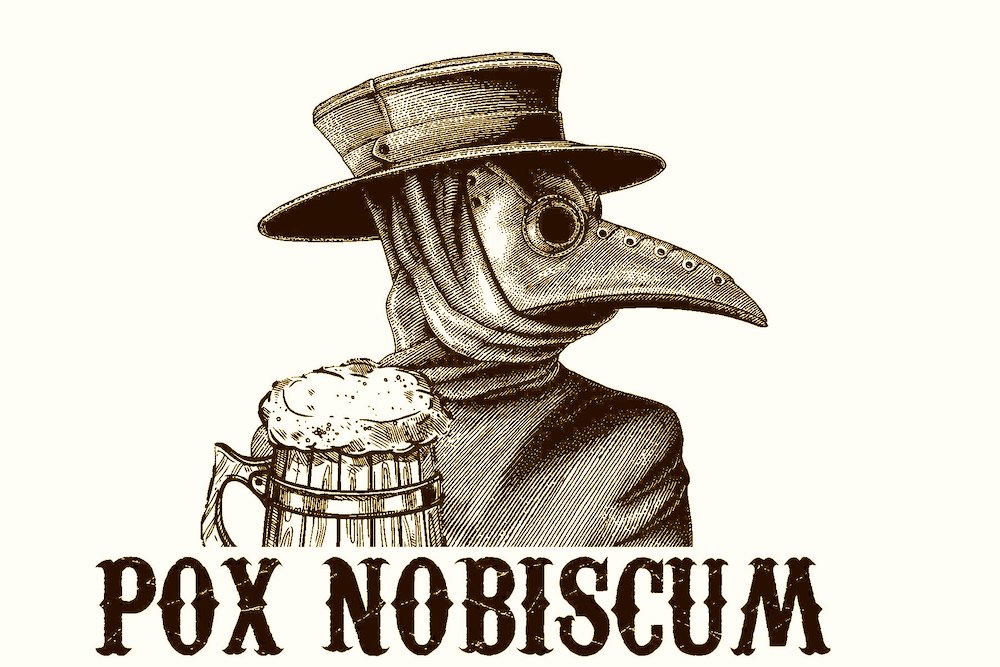

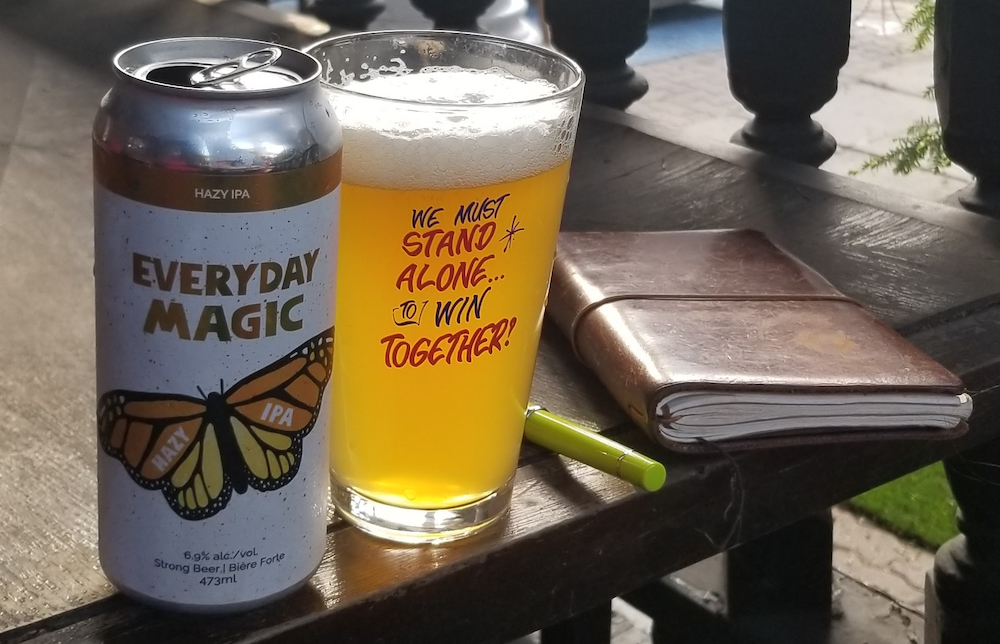
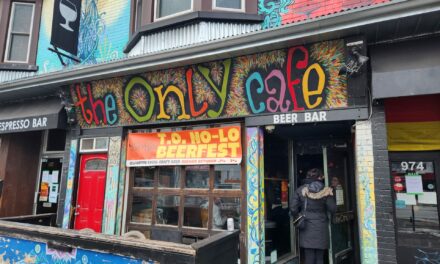
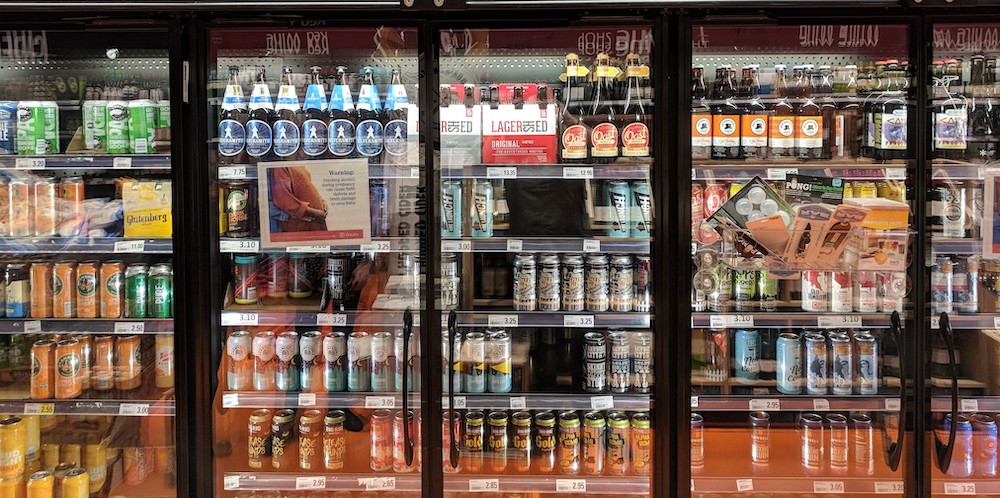
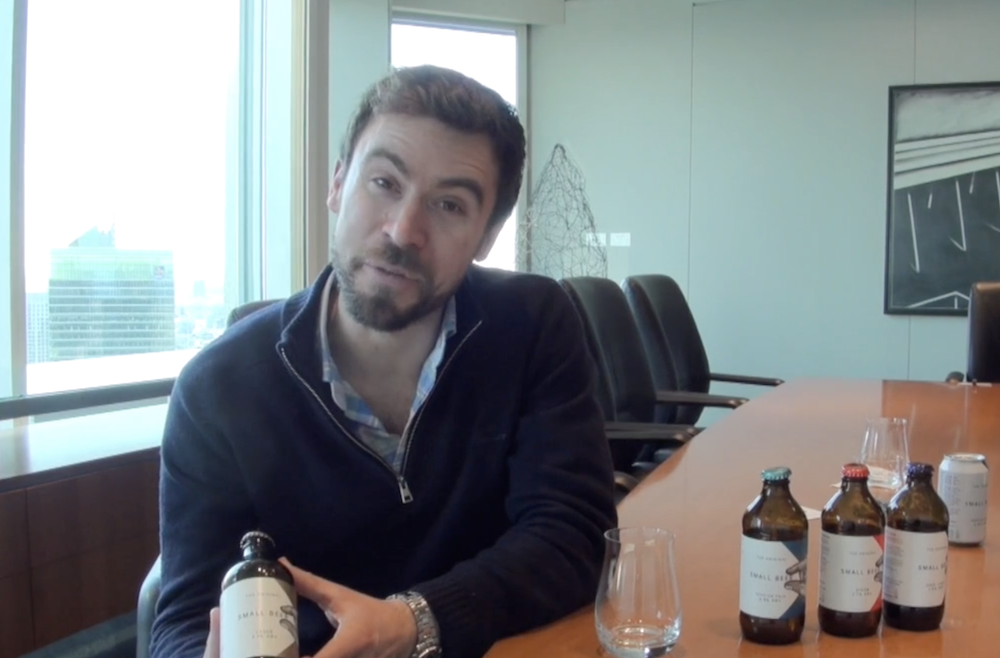

What a delightful story!
God bless old Nicholas Pashley!
Irascible, wise and funny. A foundation stone of the Canadian beer awakening.
Great story! I too started my life time love affair with beer in a southern Ontario bar, bar called the Sutton House on the southern tip of Lake Simcoe . Who ever set up the bar had placed the juke box in the Ladies side and as a young lad (17) 4 years younger than legal I put a lot of money in that juke box……